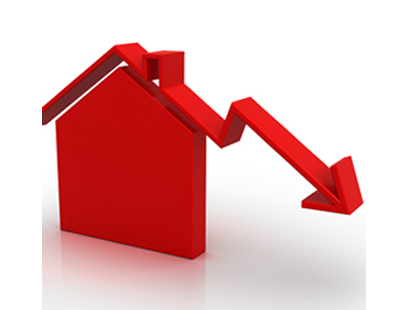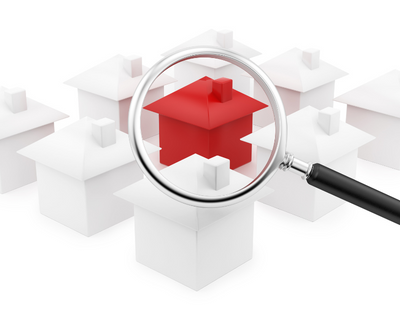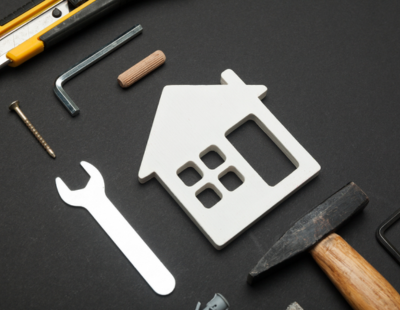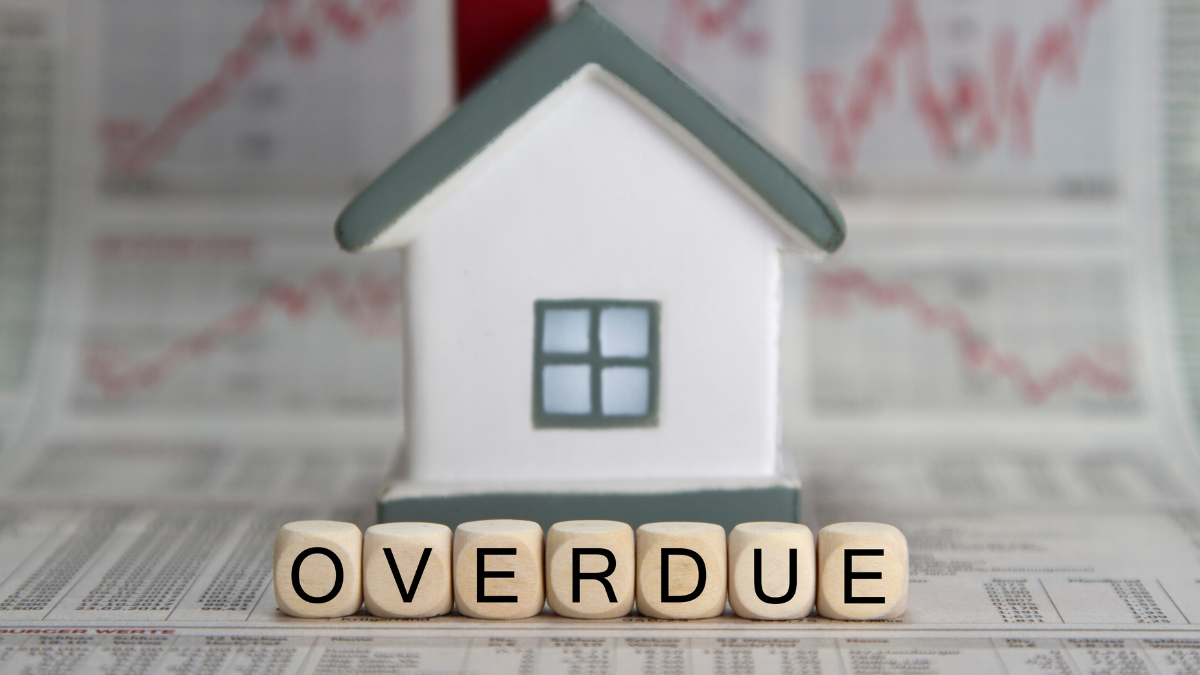When the Coronation of Her Majesty Queen Elizabeth II took place on 2nd June 1953 the average house cost just £1,692 and the average salary was £333.
Now, as His Majesty King Charles III celebrates his Coronation, it’s a very different picture. Over the past 70 years, average house prices have soared and to crown it all houses are now at their most unaffordable level for around 150 years.
Leeds Building Society has looked at the housing market over the past 70 years and has highlighted the major events and policies which have contributed to the current housing issues the country now faces.
- The average house price in 1953 stood at £1,692 with the average salary being £333. Over the past 70 years the housing market has been cyclical with either rapid house price increases or falls. The average house price now stands at £294,329 and the average salary is £31,928;
- Housing is now at its least affordable point for around 150 years. At 5.9 times, first time buyers currently have a higher average House Price to Earnings Ratio than ever before. This particularly impacts young people and their ability to get a foothold on the housing ladder. Rates of home ownership amongst 25-34 year olds have collapsed over the last 30 years;
- The greatest increases in house prices were felt during the 1980s (+262%) and over the last two decades (+341%). Over the last 70 years, the year which saw the greatest house price growth was in 1973, with an annual house price growth rate of +36%;
- In 1953 owner occupation levels were 31% and rose gradually before peaking in England in 2003 at 70.9%. They then fell steadily until the start of 2017 when the trend started to reverse. This reversal has now paused - with home ownership standing at 64%. The 1980s saw the biggest increase in owner occupation levels as a direct result of Margaret Thatcher’s Right to Buy legislation. As a result of this legislation, almost two million extra people became owner occupiers;
- It’s estimated that over the next 15 years the UK will require 5 million new homes – an average of 340,000 a year. This is greater than the Government’s 300,000 ‘target’ and has not been achieved since 1971. The average number of homes delivered each year over the last decade has been less than half of this figure.
Commenting on the research, Andrew Cook, senior economist at Leeds Building Society, says: “We can see that the dream of owning your own home remains as strong now as it did when Queen Elizabeth II came to the throne in 1953.
“Over the last 70 years the housing market has been through many ups and downs and although housing is currently at its most unaffordable levels for around 150 years, the market is still underpinned by strong fundamentals.
“But the longer-term aim for the government should be to address the drastic shortage in housing. The issues facing homeownership are deep-rooted and wide-ranging but building enough homes to meet demand is the right place to start.
“Achieving these targets will be difficult, and it will take all parts of the market to deliver this level of housebuilding, from private developers to housing associations and local government.
“It is now the hardest time to afford a home since our founding year in 1875, a sad reflection of decades of inaction to tackle the UK’s housing crisis. But we will continue to find ways we can help and put homeownership within reach of more people, just as we have for almost 150 years. Fixing the homeownership crisis is challenging and often controversial, but with enough political will, a decades-old problem can surely be overcome and would start to deliver on the homeownership aspirations of millions of people.”
Want to comment on this story? Our focus is on providing a platform for you to share your insights and views and we welcome contributions.
If any post is considered to victimise, harass, degrade or intimidate an individual or group of individuals, then the post may be deleted and the individual immediately banned from posting in future.
Please help us by reporting comments you consider to be unduly offensive so we can review and take action if necessary. Thank you.















.jpg)







.png)





Join the conversation
Jump to latest comment and add your reply
I don’t agree many people on Housing Benefit’s are getting more than £32k and some up to £50k.
Construction trades many on £60k + so that’s equal to 5 times the wages to house prices, no difference to 1953.
Then we now have the Computer Academic and graduates on over £100k pa, to do no real work, people today don’t know they are born or how well off they are.
Interesting use of statistics.
As houses were so much more "affordable" at only 5 times average salary in 1953 why did so few people own?
Could it be something to do with lending criteria and the whole role of women in 1950s Britain?
Wasn't a woman still counted as her husband's property back in 1953 with pretty much no rights? Didn't mortgage lenders more or less refuse to count a woman's income? As contraception was exceedingly limited and a man had a right to his conjugals lenders may have had a point. In 1950s Britain a woman's place was regarded as being in the home looking after her children and husband. Some employers still operated a marriage bar and sacked women as soon as they got married. That continued until 1973 in some Civil Service departments. Back in 1953 a man was expected to house, feed and clothe himself and his wife and children out of his £333 average salary.
Today the whole joint income is counted. Women have strong employment rights, often experience positive discrimination when promotions are afoot, get generous maternity pay and childcare is both available and subsidised. That has given women the ability to demand far higher standards, which comes at a cost. In general houses were far more basic back in the 1950s. Indoor bathrooms were still a luxury and an en-suite was pretty much unheard of.
The article certainly isn't comparing like with like. An average house today is so much better equipped than an average house in the 1950s.
I just told my wife that she's my property, can't repeat what she's just called me. lol
Don't forget that you could generally not get a domestic mortgage from a bank. You went to a building society which usually expected you to save with them for at least 2 years prior to your application, to prove you were financially responsible. Also most did not lend on properties that were more than 50 years old. Some councils did however offer fixed rate term mortgages to fill that gap.
I was a Tenant back in the 1960’s and rented in various Towns & City’s where there was no bath or shower and only one outside toilet, I had to use Public Baths, certainly not making a fair comparison here at all.
A friend of mine rented a flat in Norwich over a shop in the mid 70s, a toilet by the entrance door but no bathroom, public baths were a mile down the road, right up to the mid 90s there were still houses here with outside toilets and no bathrooms, I was buying them, Sunday was bath night in a tin bath in front of the fire
Andrew I hope you were near the exit.
No Central Heating either get your paraffin oil from the man with the horse or later the slot machine on the corner for your gallon of Paraffin, they seem to forget a great deal when making the Comparison.
Esso blue or Pink paraffin, I still have the 5 gallon drum with the tap on it that we used to fill up
I grew up in a 1960s bungalow built for my parents to whatever specification they wanted. It had huge single glazed, metal frame windows. In the winter we used to draw pictures in the ice on the inside of our bedroom windows.
It had tiny little radiators along some of the skirting boards that never worked. They were connected to a coal fired contraption in the kitchen. For my entire childhood we had either paraffin or calor gas portable heaters in the lounge as our primary heat source. The wardrobes were full of mould and mildew. The toilet was in it's own little room down a very long unheated corridor with lino tiles on an uninsulated concrete floor. We used to get dressed under the eiderdown or if the coal fired contraption was lit we'd make a mad dash into the kitchen to get dressed. That was the reality of a modern, custom built home in the 1960s. I assume it was the normal standard of the day and not some twisted torture method invented by my parents.
yep same here - dont know how we "managed" to survive such terrible times (-;
Still here and still working just dont know how we coped, no benefits, knew we had to GO to work to earn money and knew we had to save and go without if we wanted something!
It's hard to remember what it was like back in the day. single glazed sash windows which let so much of the outside weather in, no central heating and only one gas fire in the living room. We would dash out of bed down to the kitchen and Mum would put on all four gas burners to warm the kitchen up so we could get dressed. Now we've got clean, warm, sealed and insulated homes but it all comes at a cost.
The rise in the 80's was the result of Tony Blair getting everyone to go to University to help his unemployment figures and those who didn't were regarded as thick.
House prices rocketed as Lenders increased their multipliers to include two salaries. graduates had more money available to borrow and prices followed.
That has resulted in what we now have in both partners having to work and a shortage of tradesmen! Back then they implied anyone who did not go to University were thick and a trade was looked down upon!
Remember the days well as well as the single glazing and no central heating and drying washing outside - but no condensation problems as houses were well ventilated!
a good tradesman will always have work and the abbility to set up his own business
Please login to comment